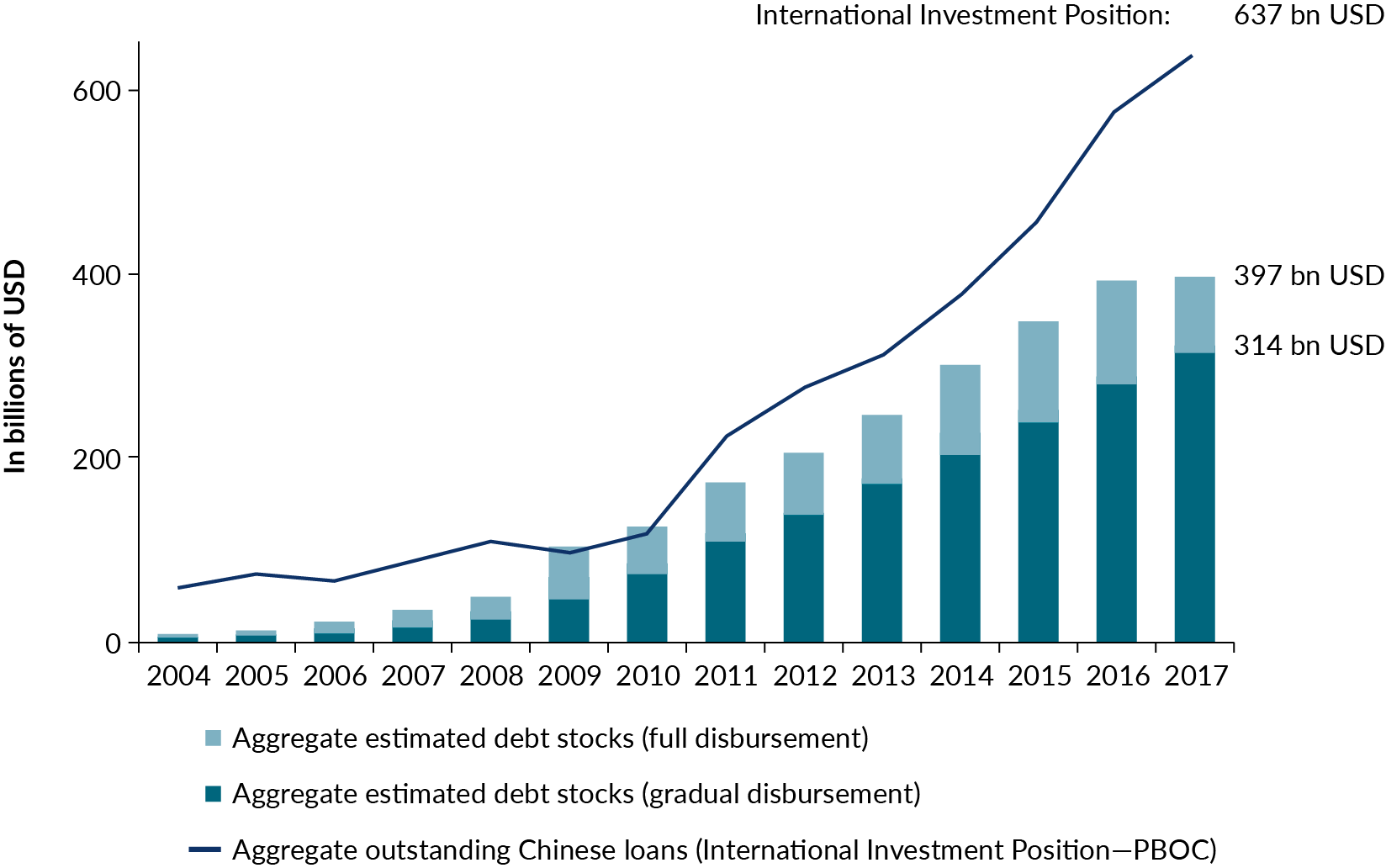The Bank Of England And A Half-Point Rate Cut: Economic Analysis

Table of Contents
Reasons Behind the Half-Point Rate Cut
The Bank of England's half-point rate cut reflects a proactive response to several concerning economic indicators. The decision is a key component of their monetary policy strategy aimed at stimulating the UK economy. Several factors contributed to this significant adjustment of interest rates:
-
Falling Inflation Rate: The inflation rate has fallen below the Bank of England's target of 2%, signaling a potential risk of deflation. This necessitates intervention to prevent a sustained period of falling prices, which can stifle economic activity. Low inflation, while seemingly positive, can indicate weak consumer demand and a lack of economic momentum.
-
Concerns about a Potential Recession: Weakening economic indicators, such as slowing GDP growth and declining consumer spending, have raised concerns about a potential recession. A half-point rate cut aims to counter this risk by injecting liquidity into the economy and stimulating borrowing and investment. Recession risk is a significant driver of monetary policy decisions.
-
Decreased Consumer and Business Confidence: Falling consumer and business confidence can create a self-fulfilling prophecy of reduced spending and investment. Lower interest rates aim to improve sentiment by making borrowing cheaper and encouraging businesses to invest. This is crucial for boosting overall economic activity.
-
Potential for Deflationary Pressures: A sustained fall in inflation could lead to deflation – a dangerous spiral of falling prices, reduced consumer spending, and delayed purchases in anticipation of further price drops. The rate cut is a preemptive measure to combat this risk.
-
Stimulating Economic Activity: Lower interest rates reduce borrowing costs for businesses and consumers, making it cheaper to finance investments, expand operations, and make large purchases. This injection of capital into the economy aims to stimulate growth and boost economic activity. Quantitative easing (QE) measures, while not directly related to the rate cut, often accompany such moves to further stimulate the economy by increasing the money supply.
Potential Economic Impacts of the Rate Cut
The half-point rate cut is expected to have a multifaceted impact on the UK economy, both positive and negative. The extent and nature of these impacts remain subject to considerable uncertainty:
-
Short-Term Boost to Consumer Spending and Investment: Lower borrowing costs should make it more attractive for consumers to borrow money for purchases like houses and cars, and for businesses to invest in new equipment and expansion. This could lead to a short-term boost in consumer spending and investment.
-
Potential Increase in GDP Growth: Increased consumer and business spending could translate into higher GDP growth, although the magnitude of this effect is uncertain and dependent on other economic factors.
-
Impact on Inflation: The rate cut could potentially reignite inflation if the increased demand stimulated by lower borrowing costs outpaces the supply of goods and services. This is a key risk associated with such monetary policy decisions.
-
Effect on Exchange Rates: A rate cut may weaken the pound sterling relative to other currencies. This can make UK exports more competitive but could also increase the price of imports. Exchange rate fluctuations are a significant consequence of monetary policy adjustments.
-
Influence on the Employment Rate: If the rate cut successfully stimulates economic activity, it could lead to job creation in various sectors. However, if the economic situation remains weak, job creation might not be significant.
Risks and Challenges Associated with the Rate Cut
While a half-point rate cut aims to boost the economy, it also carries potential risks and challenges:
-
Risk of Fueling Inflation: If the rate cut proves overly stimulative, it could lead to a surge in inflation, potentially eroding purchasing power and creating economic instability.
-
Potential for Asset Bubbles: Increased borrowing could inflate asset prices in certain sectors, creating asset bubbles that are prone to sudden and sharp corrections, causing economic disruption.
-
Limited Impact if Hesitancy Remains: If businesses and consumers remain hesitant to borrow and spend despite lower interest rates, the rate cut might have a limited impact on economic activity. This highlights the importance of consumer and business confidence.
-
Impact on Government Debt Levels: Lower interest rates can increase the cost of servicing government debt in the long run. Careful fiscal management is essential to mitigate this risk.
-
Interaction with Fiscal Policy: The effectiveness of the rate cut depends significantly on coordination with the government's fiscal policy. A well-coordinated approach is crucial for achieving the desired economic outcomes. Effective fiscal and monetary policy collaboration is essential.
Conclusion
The Bank of England's half-point rate cut is a significant intervention designed to address concerns about economic slowdown and low inflation. While it may stimulate short-term growth and borrowing, the success of this policy will depend on its ability to boost consumer and business confidence, avoid excessive inflation, and coordinate effectively with the government's fiscal policy. The potential risks and uncertainties associated with the rate cut require close monitoring and further economic analysis.
Call to Action: For further in-depth analysis of the Bank of England's monetary policy and its impact on the UK economy, continue to follow our updates on the Bank of England and future rate cut announcements. Stay informed on the evolving economic landscape and the implications of interest rate changes. Understanding the intricacies of the Bank of England's decisions on interest rates is crucial for navigating the current economic climate.

Featured Posts
-
 Poor Performance Mlb Analysts Rate Angels Prospect Pipeline
May 08, 2025
Poor Performance Mlb Analysts Rate Angels Prospect Pipeline
May 08, 2025 -
 Oklahoma City Thunder Vs Indiana Pacers Injury Report March 29
May 08, 2025
Oklahoma City Thunder Vs Indiana Pacers Injury Report March 29
May 08, 2025 -
 Analyzing Chinas Rate Cuts And Increased Bank Lending In Response To Tariffs
May 08, 2025
Analyzing Chinas Rate Cuts And Increased Bank Lending In Response To Tariffs
May 08, 2025 -
 Is Xrps 400 Rally Sustainable A Look At Future Price Predictions
May 08, 2025
Is Xrps 400 Rally Sustainable A Look At Future Price Predictions
May 08, 2025 -
 0 4
May 08, 2025
0 4
May 08, 2025
Latest Posts
-
 Lahore And Punjab Eid Ul Fitr Weather Outlook 2 Day Forecast
May 08, 2025
Lahore And Punjab Eid Ul Fitr Weather Outlook 2 Day Forecast
May 08, 2025 -
 Expected Lahore Weather Eid Ul Fitr And Following Day
May 08, 2025
Expected Lahore Weather Eid Ul Fitr And Following Day
May 08, 2025 -
 Punjab Weather Eid Ul Fitr Predictions For Lahore
May 08, 2025
Punjab Weather Eid Ul Fitr Predictions For Lahore
May 08, 2025 -
 Explanation On Lahore Zoo Ticket Price Hike By Marriyum Aurangzeb
May 08, 2025
Explanation On Lahore Zoo Ticket Price Hike By Marriyum Aurangzeb
May 08, 2025 -
 Lahore Weather Forecast Eid Ul Fitr Next 48 Hours
May 08, 2025
Lahore Weather Forecast Eid Ul Fitr Next 48 Hours
May 08, 2025
